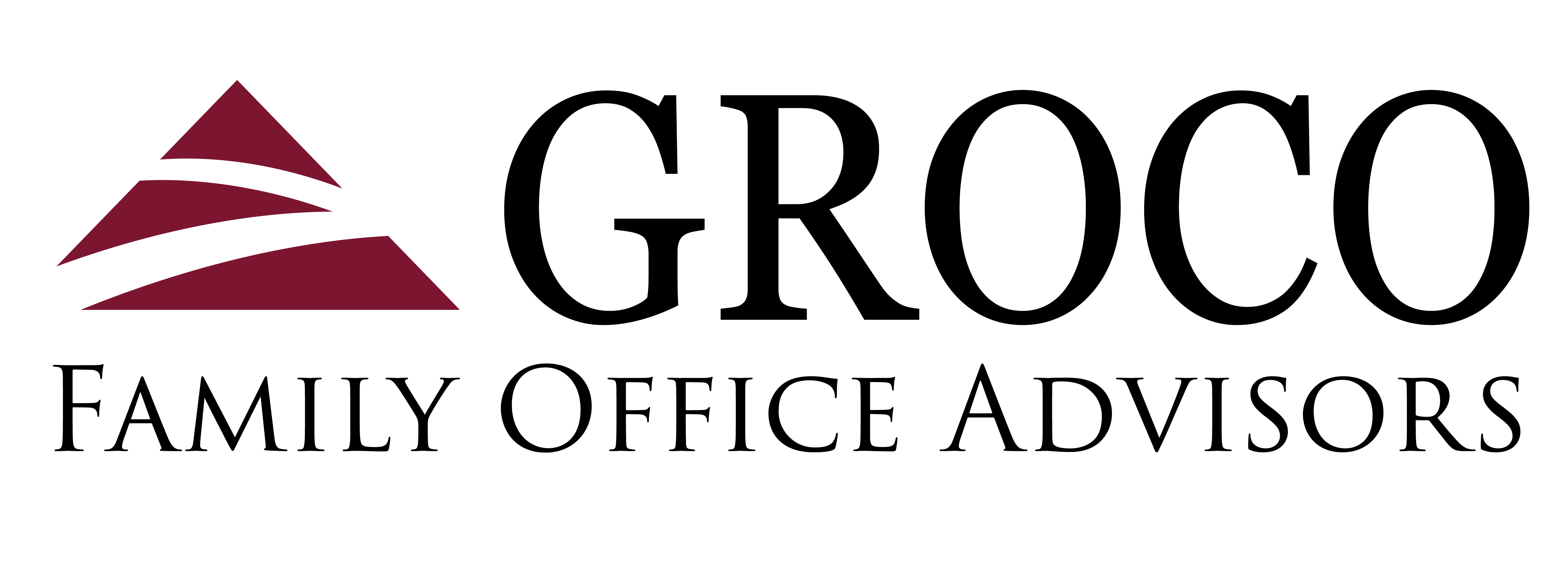Money-Saving Tips for Freelancers

When you hear the term freelancer, you might think of someone working a small business out of his or her home and just doing things on the fly. However, freelancers come in all forms and many owners of small businesses or startups are also freelancers. Being a freelancer means you are self-employed and being self-employed can be tough on your taxes.
As a freelancer, because you are responsible for your own employment taxes you are both employer and employee. For taxes, that is a double-whammy. When you work for an employer both you and the employer split the cost of Social Security and Medicare taxes. As a freelancer you pay the whole amount yourself. As a freelancer you are typically required to pay estimated taxes four times during the year.
If you overpay, then you will get some back when you file your return. However, if you don’t pay enough you could end up paying penalties and interest later on. Estimated tax payments are exactly as described: an estimate. Many self-employed taxpayers don’t know in advance how each quarter will go, let alone the entire year. So how do you hold back the right amount to cover your tax bill?
The smartest practice is to set aside a portion of your income as you receive it. The amount will vary, but typically a safe number is about 15 percent of your income each time you are paid. Of course, for those business owners and freelancers with higher income the amount will need to be higher.
Being your own boss has its advantages, but being a business owner can also be more difficult when it comes to filing and paying taxes. Contact GROCO if you’re a business owner and need help with your self-employment taxes. Call 1-877-CPA-2006 or click here.
How to Take Advantage of the Paycheck Protection Program
You may be wondering how to take advantage of the Paycheck Protection Program? Well, here is a letter one of our Partners sent out to his clients. Dear Client, I wanted to outline the Paycheck Protection Program (PPP Program) that was part of the CARE ACT that was passed and signed by the president on…
Short summary of CARES ACT
Short summary of CARES ACT in a letter sent by one of our partners to some of his clients: Dear Clients and Friends: I hope you are doing as well as possible. Congress passed (with only one “no” vote in the House of Representatives) and the President signed (on Friday) the Coronavirus Aid, Relief, and…
President Trump Signs CARES ACT, What Does this Mean?
Fremont California, March 27, 2020 – President Trump Signs CARES ACT. As COVID-19 continues to threaten almost every aspect of our lives, our government has expedited passing legislation and President Trump has signed, the Coronavirus Aid, Relief, and Economic Security (CARES) ACT. The CARES ACT is a massive bill, the majority of which does not…
The AICPA urges IRS to provide payment relief due to COVID-19
The AICPA on Thursday urged Treasury and the IRS to provide broader tax filing and payment relief for taxpayers affected by the ongoing COVID-19 pandemic. In a letter to Treasury Assistant Secretary for Tax Policy David J. Kautter and IRS Commissioner Charles Rettig from Christopher Hesse, CPA, chair of the AICPA Tax Executive Committee, the AICPA…




